Wide reaching impacts of Trump’s tariffs
Businesses are reluctant to hire new workers or expand their facility and consumers fearful of layoffs are holding back on a vacation, a night out, or a new car purchase.
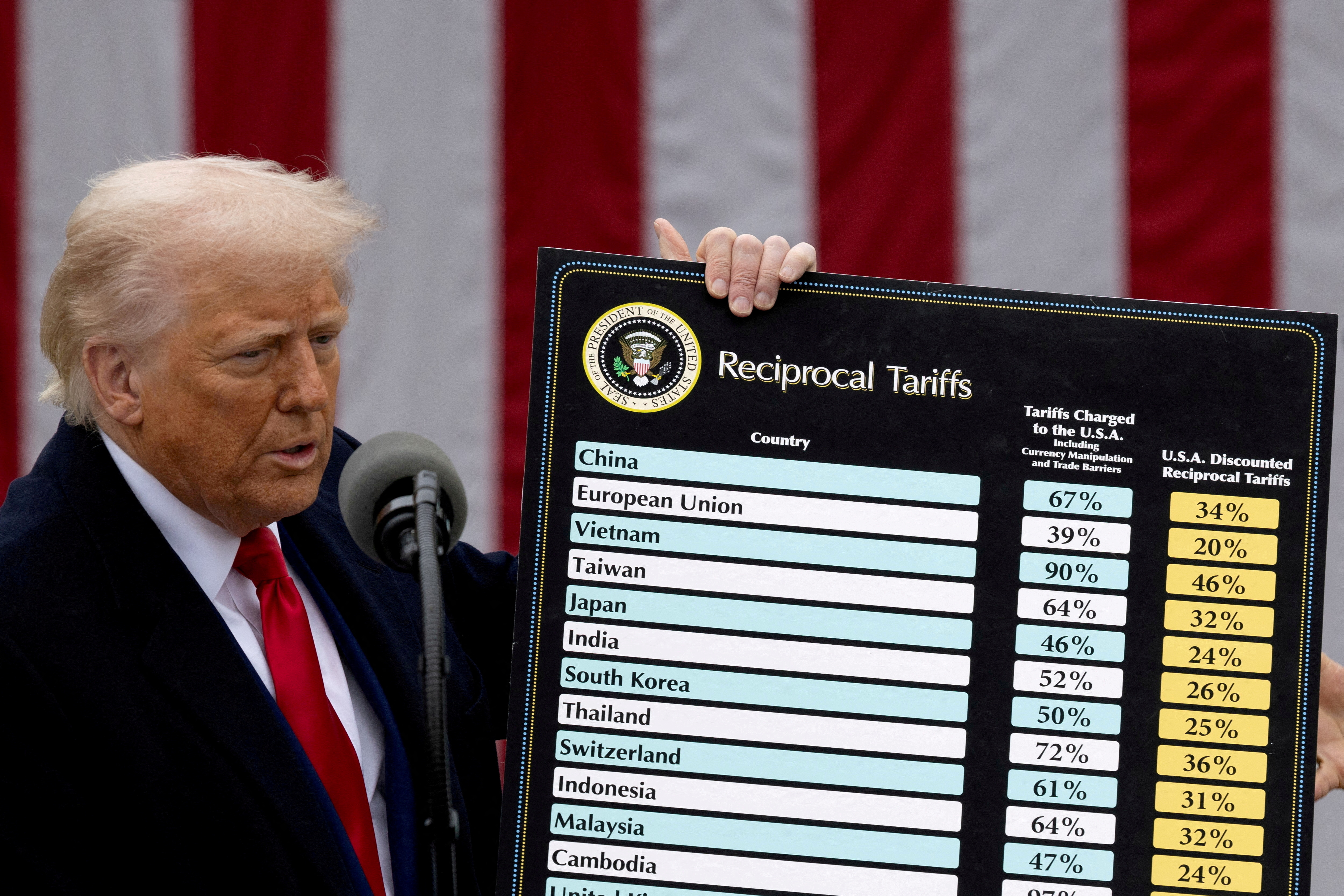 U.S. President Donald Trump delivers remarks on tariffs in the Rose Garden at the White House in Washington, D.C., U.S., April 2, 2025 / REUTERS/Carlos Barria/File Photo
U.S. President Donald Trump delivers remarks on tariffs in the Rose Garden at the White House in Washington, D.C., U.S., April 2, 2025 / REUTERS/Carlos Barria/File Photo
On April 2, President Donald Trump announced “Liberation Day,” signaling his intent to impose tariffs on at least 90 countries. Trump has said his sweeping tariffs plan will generate revenue, while also countering allegedly unfair trading practice. At the American Community Media (ACoM) briefing speakers discussed the impact of tariffs for American consumers, the labor force, small businesses and the trading partners.
“Today, tariffs are the highest they've been since the 1930s, they're roughly 10 times higher than they've been for most of my lifetime,” said Dr. Neale Mahoney, director of the Stanford Institute for Economic Policy.
Tariffs were announced on Mexico, Canada, and China in February of this year. Rolling announcements of tariffs on countries like India and Brazil continue.
Tariffs on India are only on goods. Services are completely off the table
Goods from India are currently subject to a tariff of 25%. President Trump imposed an additional 25 percent tariff earlier this month – to a total of 50 percent – on India’s goods, citing its continued imports of Russian oil.
India is less reliant on exports as a growth engine. It has a large domestic market. India’s exports don't really constitute that large a proportion of its GDP. In 2024, India's goods exports to the U.S. totaled $87.3 billion,approximately 2% of India’s GDP. India is making adjustments in its GST tax structure aimed at increasing domestic consumption of goods until it develops other overseas export markets.
India’s services exports to the U.S. are far larger at 200 billion annually. Tariffs don’t apply here, since WTO rules and U.S. trade policy do not impose customs duties on cross-border services.
Are the tariffs non-economic in nature
There's no question that these tariffs are actually being used as a political tool, said Anil Deolalikar, professor of Economics and founding dean emeritus of the School of Public Policy at the University of California, Riverside.
“They are really punishments that the United States is imposing for specific political actions. This is sort of really unusual for tariffs to be used as bargaining ploys and pressure tactics to change the policies of countries,” he said.
Trump says tariffs will encourage US consumers to buy more American-made goods, increase the amount of tax raised and boost investment. He wants to reduce the trade deficit or the gap between the value of goods the US buys from other countries and those it sells to them.
The unpredictability of the tariff regime caused by their use as a negotiating tool, and the present raised tariffs are creating challenges for small business owners by disrupting their supply chains.
Ethnic grocery stores get hit
Many small ethnic food stores are being hit with sudden, unexpected U.S. Customs and Border Protection bills because tariffs have gone up sharply and classification rules have gotten stricter. It can feel like a “hidden” tax that small business owners don’t see coming until the bill arrives.
A supermarket chain can adjust prices after 3 months, but a small ethnic food supplier doesn’t have the margin to “float” that cost until the market adjusts. A 12 percent increase in the cost of importing supplies like tomatoes can cripple the business. A whopping large bill from CBP (Customs and Border Protection) shuts down the business.
Effects of tariffs may be cushioned in the short term
97% of all importers in the United States are small businesses, said Dilawar Syed, former Deputy Administrator, US Small Business Administration.
Companies often hedge costs, stockpile, or temporarily absorb price hikes before passing them on, said Mahoney. As a result consumers don’t feel the full hit immediately.
“The pass-through has been slower due to a number of reasons,” said Mahoney. “One is that businesses try to get ahead of the tariffs by importing things more quickly before the tariffs take effect. Second, businesses had historically high profit margins coming out of the post-pandemic period, and that gave them more room to eat the tariffs. Third, because of the uncertainty and softening labor market we have seen weaker consumer demand. In such a scenario retailers initially held off price increases. However, those buffers are fading.”
Recent hard data, especially over the last two months, shows that pass-through is occurring, he noted.
Come Christmas small businesses and consumers will feel the tariff pain
A little-known fact is, said Mahoney, that nearly half of U.S. imports are materials and components that American firms use to produce final consumer products.
“By imposing large tariffs on steel or copper, you make it more difficult for businesses to operate in the United States.”
Tariffs are a tax on consumer goods, and in particular for” goods like clothing, electronics, coffee, furniture, toys. As we head into the holiday season we expect to see large price increases overall, across the entire economy, said Mahoney.
It is meaningful not catastrophic
The effects are meaningful, but not catastrophic, felt Mahoney. We import about 10% of what we consume. Tariffs are increasing by about 15 percentage points, so if you do the simple math, you get about a 1.5% increase in overall prices.
That is not to dismiss the impacts on coffee or on toys, or on small businesses that rely on these imports, but it does mean that the overall impact is not catastrophic, but it is moving prices in the wrong direction.
The labor market is cooling
Last year, the economy grew at 2.5%. This year, it's growing at 1.2%, half that amount.
The labor market is running below replacement rate. The number of new jobs we create has been running at about 30,000. That's half the rate we need to keep up with growth in the labor force.
Small businesses are the largest job creators in our country, said Syed.
With the uncertainty of not knowing where tariffs are going firms are holding back on new hiring.
The uncertainty is paralyzing the economy
Framed as this is as a sort of the art of negotiation by the President, nevertheless the uncertainty is really freezing the economy in troubling ways.
Businesses are reluctant to hire new workers or expand their facility and consumers fearful of layoffs are holding back on a vacation, a night out, or a new car purchase.
The American consumer is bracing for rising bills. In this economic throwdown they are the soldiers.
ADVERTISEMENT
ADVERTISEMENT
E Paper
Video



 Ritu Marwah
Ritu Marwah 

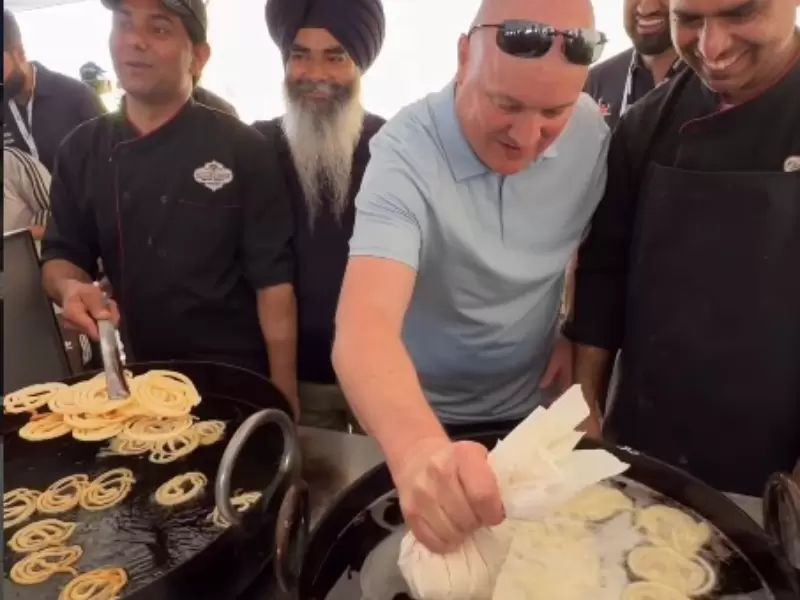

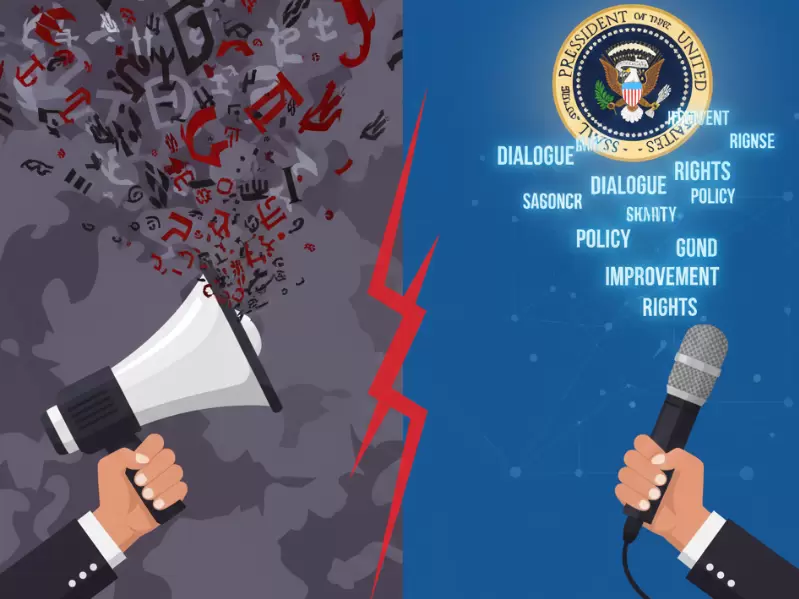

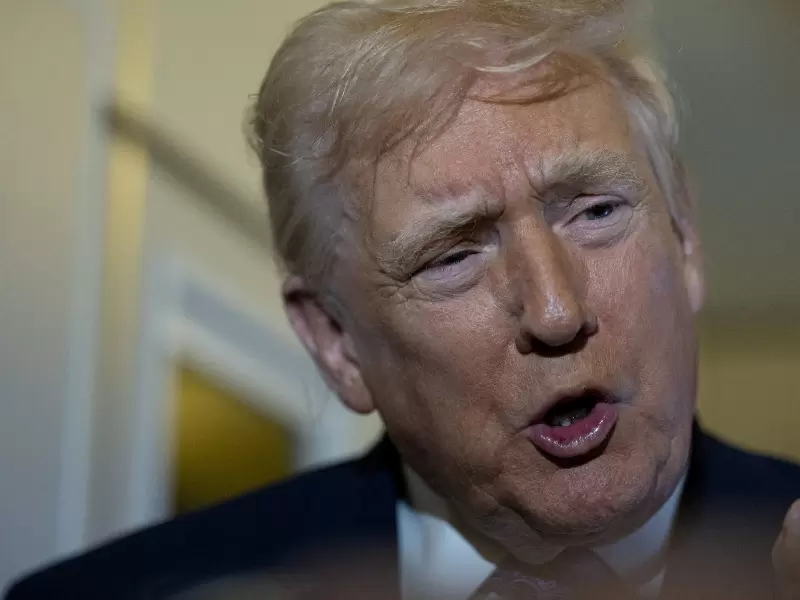
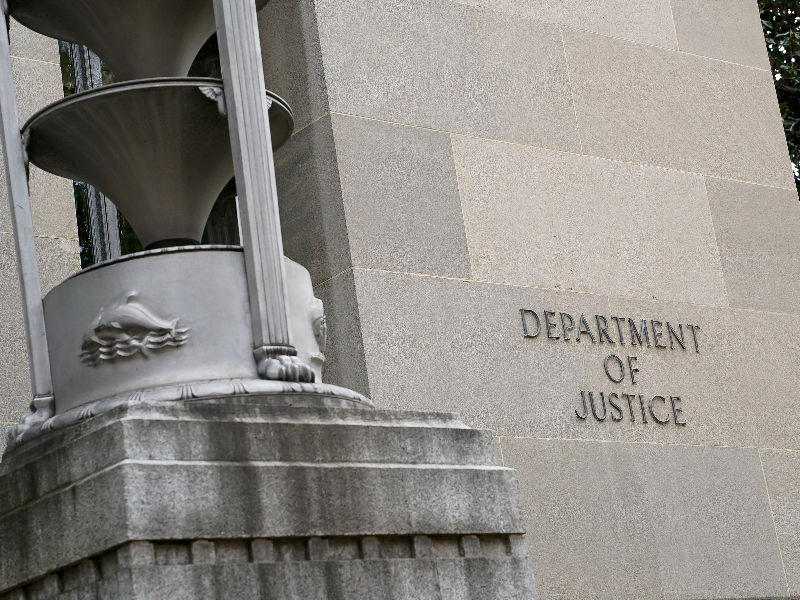

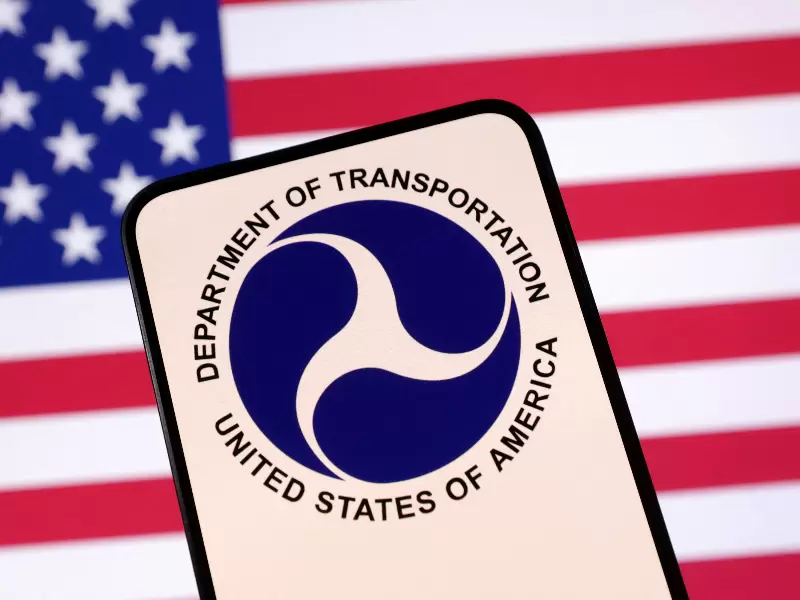



Comments
Start the conversation
Become a member of New India Abroad to start commenting.
Sign Up Now
Already have an account? Login